Book extract: Alpe d'Huez by Peter Cossins
A tale of the Tour de France's iconic climb.
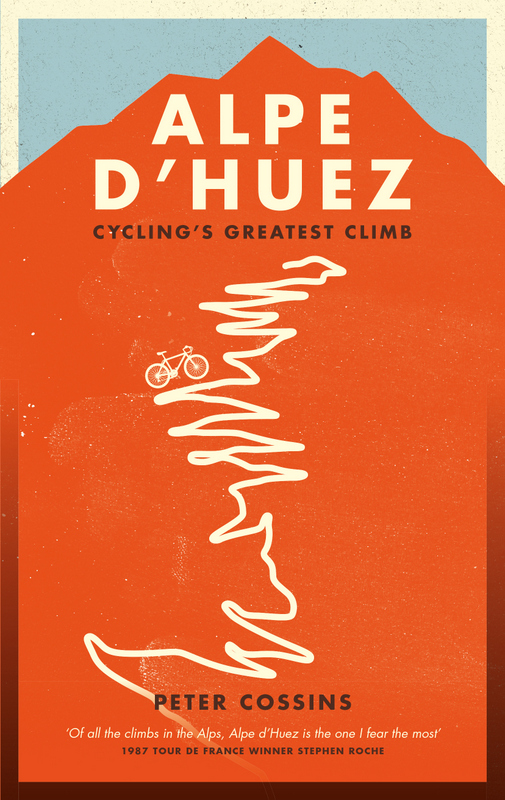
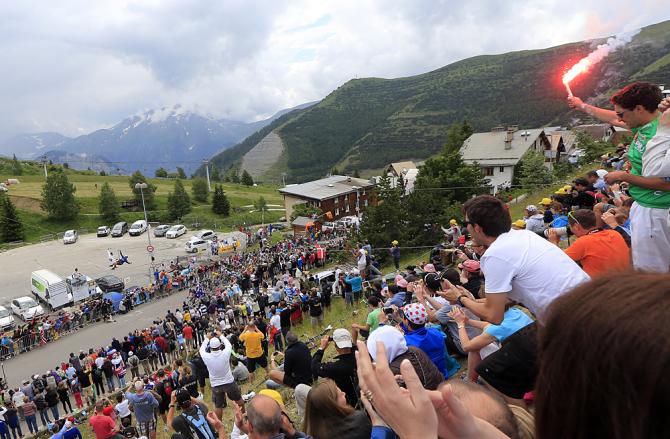
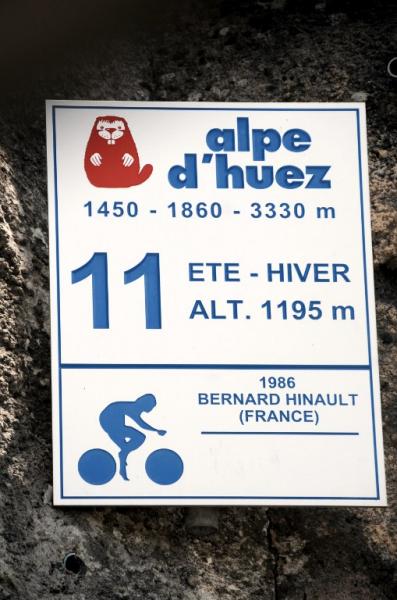
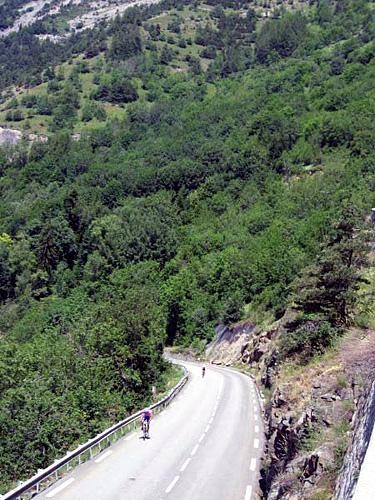
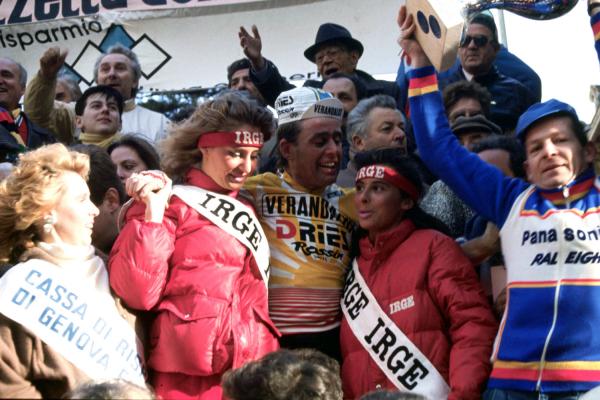
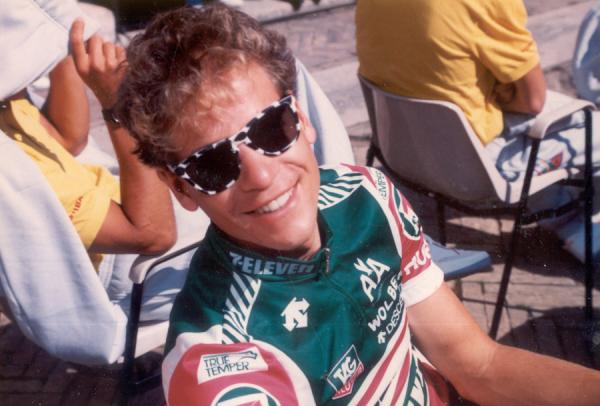
Alpe d'Huez has been challenging riders and delighting fans since it first appeared in the Tour de France in 1952. This year it makes it's 29th appearance at the race. The following extract is from Alpe d'Huez: Cycling's Greatest Climb by Peter Cossins. The book is out now (Aurum Press)
On 19 July 1992, Hennie Kuiper was about to head back to the climb where he twice savoured victory as a rider. By then a directeur sportif with the American Motorola team, the Dutchman had been waiting two-and-a-half weeks for this stage. Once his riders were up and out of bed, he went to see his team leader, Andy Hampsten, in his room. 'Today is your day,' Kuiper told the American climber, adding that he should attack halfway up the Croix de Fer pass, the final climb before the Alpe.
As it turned out, Kuiper's instinct was almost spot-on. The winning break did form on the Croix de Fer and Hampsten was in it. However, the tale of how he managed to achieve that and what happened once he had done illustrates why mountain stages are so difficult to judge for those aiming to win them and why successes on the Alpe d'Huez are prized above all others by those who excel in defying gravity.
'I'd ridden it so many times and had some spectacular failures, which I kept in mind when I was feeling good,' says Hampsten as he recalls that stage in 1992. 'It was always the plan for me to try to win on Alpe d'Huez. Hennie Kuiper was very eager for me to get up there and savour a victory because he had won it twice. I knew going into it that I had a good chance. But on a day like that you need everything to fall into place. If one element is missing you can end up nowhere.
'The day before the Alpe d'Huez stage, Claudio Chiappucci had that fabulous day over seven climbs to Sestrières. I worked fairly hard in the break chasing him with the aim of moving up on general classification. I finished fifth after being a member of the four-man chase group with Franco Vona, Miguel Indurain and Gianni Bugno… I stopped just after the finish line to catch my breath and to wait to see what the riders in the next groups were like because I knew that the Alpe d'Huez winner would probably be a very good climber who had perhaps taken it easy in a following group. But every one of the next ten or fifteen riders I saw come across the line was absolutely knackered and that made me feel better about how tired I was. I just thought, "Look, I need a great night's sleep and to feel relaxed about the next day."
'The key thing about that stage in '92 was that I was already in a breakaway when I hit the base of the climb, and it was a very good breakaway too. I wasn't in that many breakaways as a pro where everyone worked well together. They were very rare beasts… I remember two or three people jumped – it turned out it was Eric Boyer, Jesús Montoya and Franco Vona. That move went earlier than my grand plan for the day, but my legs took off. They weren't listening to my grand strategy, thank goodness. I had quickly realised that the other three weren't going to be chased down so I jumped after them with Jan Nevens and caught them pretty soon after…
'With three k's to go I thought, “OK, I'll do three attacks very hard, but not quite 100 per cent because I know Alpe d'Huez.” It's a wonderful climb, it's not the hardest, it's not the longest, but I would guess the best description I could give it is that it's perhaps the most exciting for a racer to be on. It's the most theatrical. It is the greatest theatre in terms of a mountain being transformed into a stage and an atmosphere of absolute madness. So it's very easy for a rider to get overly excited and go too hard too early and fall flat on their face in the final kilometres.
Get The Leadout Newsletter
The latest race content, interviews, features, reviews and expert buying guides, direct to your inbox!
‘I certainly didn't want to that and I also wanted to make sure that my first attack didn't really look like an attack. I had Vona on my wheel with Boyer just behind, and it was down to the three of us. Going around one of the bends, with about a third of the climb left, I attacked but only by maintaining my speed and staying sitting down through it, so that I accelerated. It looked like I just forgot to feel gravity…
‘Without turning my head I could see that Boyer had conceded and Vona was two metres back having previously been right on my wheel. I tried not to stand up and get excited, but just kept on with the pressure and gradually pulled away from Vona. And then I was very, very excited…
‘The fans were almost insane and it was a mad situation, a little bit funny. It's very exciting, it's why we racers love Alpe d'Huez. But the fans closest to us are the drunkest. I don't want to get too graphic, but there is an absolute stench of alcohol, of people who've drunk too much alcohol. They're out of their minds, so drunk that it turns into a bit of a guessing game. Instead of deciding which line I want to take on the road, it's like trying to go through a group of lizards that surge three-quarters of the way across the road, then retreat instead of just going across to the other side. There is definitely an element of danger… But it's a lot of fun – one of the most beautiful things I've seen in my life.

Peter Cossins has written about professional cycling since 1993 and is a contributing editor to Procycling. He is the author of The Monuments: The Grit and the Glory of Cycling's Greatest One-Day Races (Bloomsbury, March 2014) and has translated Christophe Bassons' autobiography, A Clean Break (Bloomsbury, July 2014).